Time stands still at Saigon communal house
The communal house stands on a 2,500 square meter plot in Chuong Duong Road, Thu Duc District’s Linh Chieu Ward.
Its presiding deities are a village deity and Ta Duong Minh, who turned the Thu Duc area from a wasteland into a cultivated area. Between 1679 to 1725, Minh and some Kinh, Cham and Chenla people transformed the area and opened businesses.
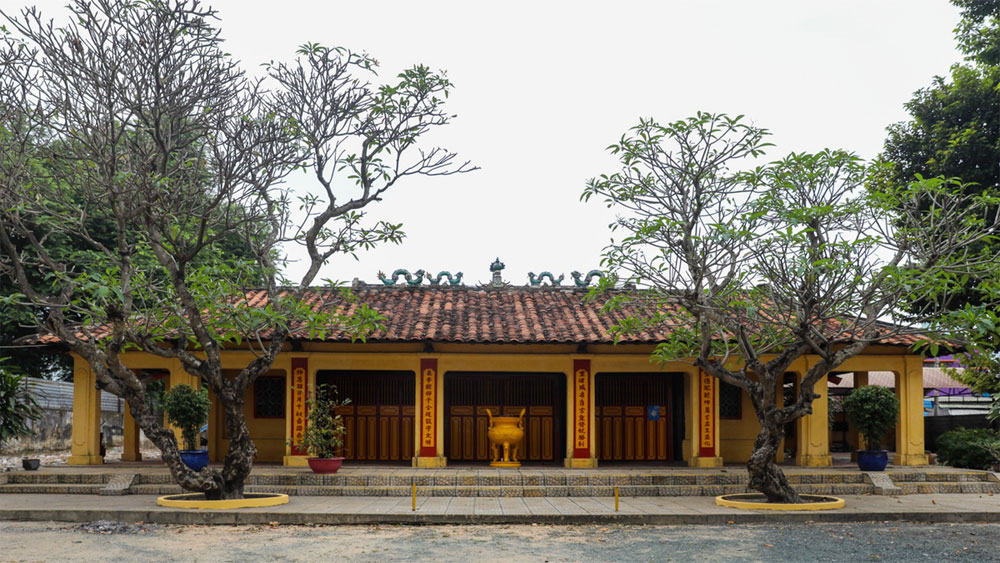 |
|
Linh Dong was first built as a small communal house and later underwent major renovation and expansion with the addition of brick walls, tiled roofs and a wooden structure. |
Linh Dong was first built as a small communal house and later underwent major renovation and expansion with the addition of brick walls, tiled roofs and a wooden structure. The communal house now had a main hall, sub-halls, a guest house and a spacious front yard.
Today, in the middle of the front yard stands a mural depicting a dragon and a tiger, two important and familiar animals in Vietnamese folk culture.
All chambers at Linh Dong have double-tiled roofs. On top of the roofs are two green ceramic dragons facing each other. This is a common feature of communal houses in Vietnam.
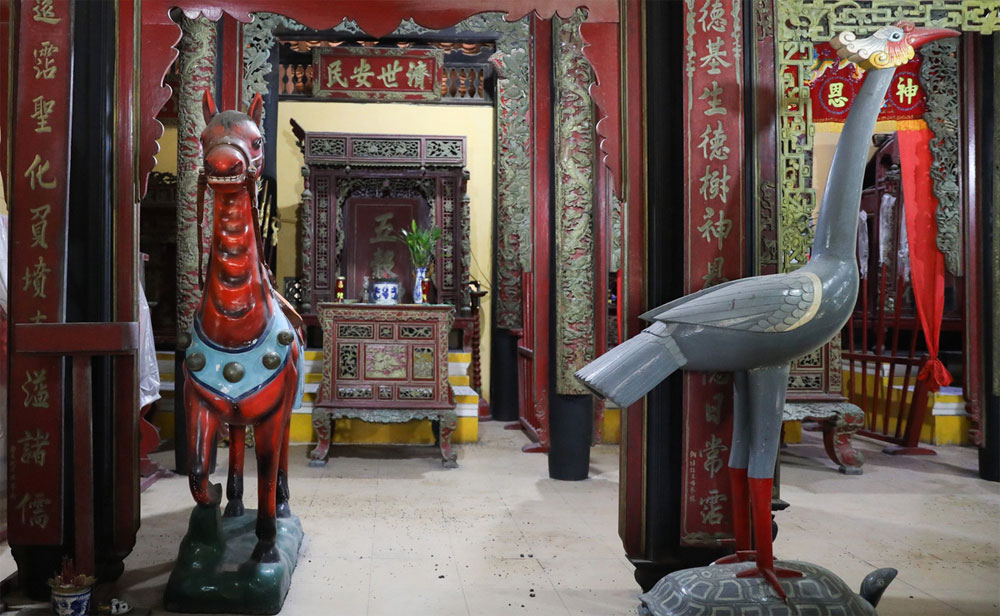 |
|
The horse and crane standing on the back of turtles is a familiar motif in Vietnamese temples. |
The front of the main hall shines bright with the traditional yellow, black and red colors. It has 32 pillars inside that hold up the roof. The door was made previously of wood, but it has since been replaced with iron for greater sturdiness.
Inside the main hall are several altars that flank the main one built for the village deity. This communal house carries an ordination from the fourth emperor of the Nguyen Dynasty, Tu Duc, who ruled from 1847 to 1883.
The horse and crane standing on the back of turtles is a familiar motif in Vietnamese temples. Horses are associated with the expansion and protection of the country, showing courage and resilience. Turtles and cranes are said to express human aspirations for longevity.
Intricate wood carvings painted in red and gold lacquer are added to the ancient feel of this communal house.
Bui Van Duc, caretaker of the communal house, burns incense at the village deity’s altar. "The temple has undergone many restorations, but it still retains the ancient southern region architecture in the 19th century. Many objects in the temple, especially the ordination, are carefully preserved," Duc said.
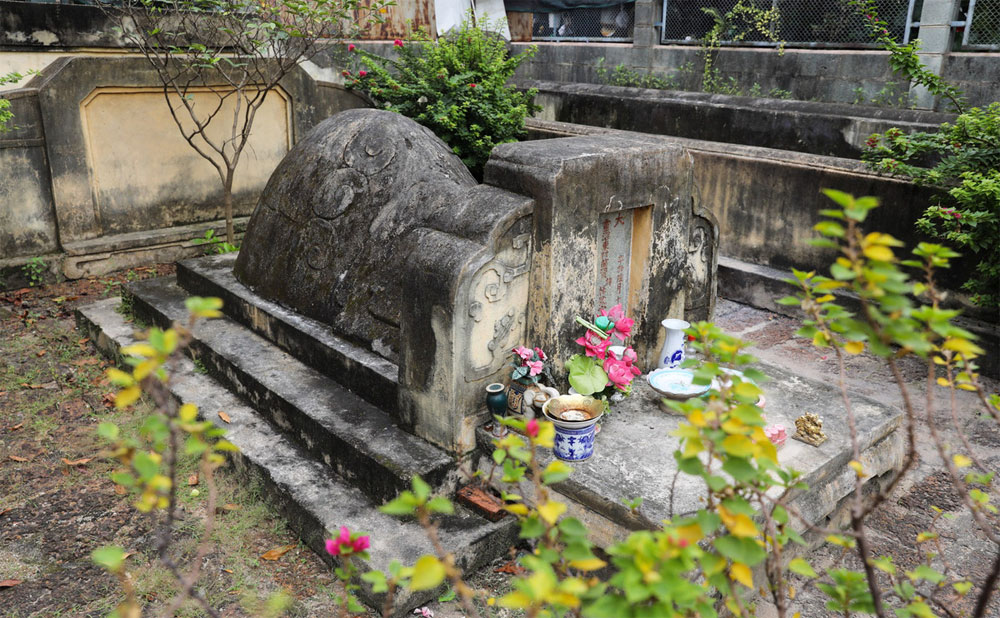 |
|
The stele doesn’t state the year of death, but it shows that the tomb, restored four years ago, was built in 1890. |
Every year on the 15th and 16th of lunar October, the Linh Dong communal house hosts a ceremony called Ky Yen to pray for peace, rain and bountiful harvests.
The house has been declared a national architectural monument by the Ministry of Culture, Sports and Tourism this month.
About 500 m from Linh Dong is the grave of Ta Duong Minh. The tomb has an area of about 15 square meters, and is built in the shape of an elephant. It has two outer walls and stands in the middle of an alley in a residential area.
Source: VnExpress
 Bắc Ninh
Bắc Ninh










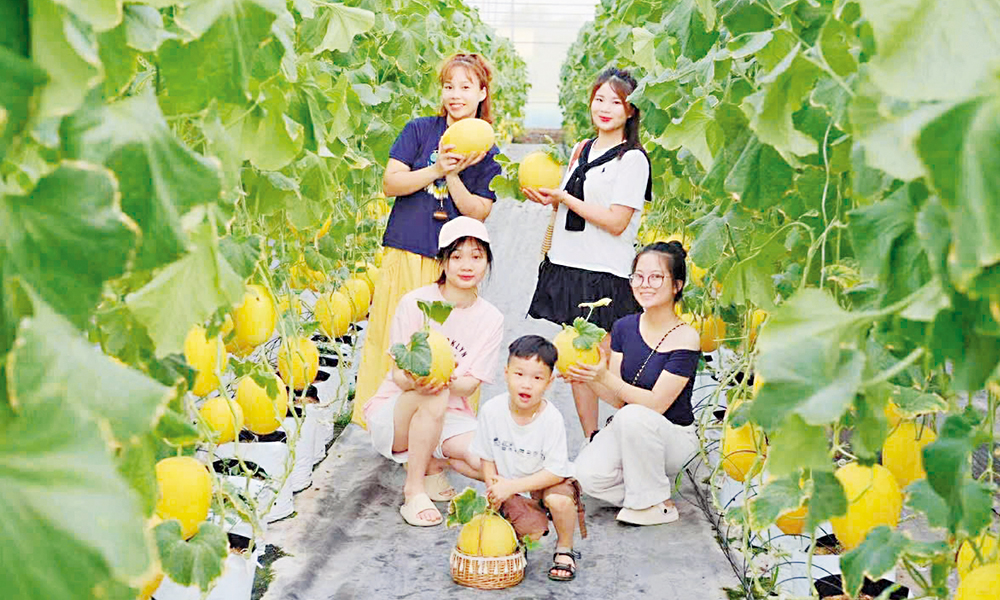
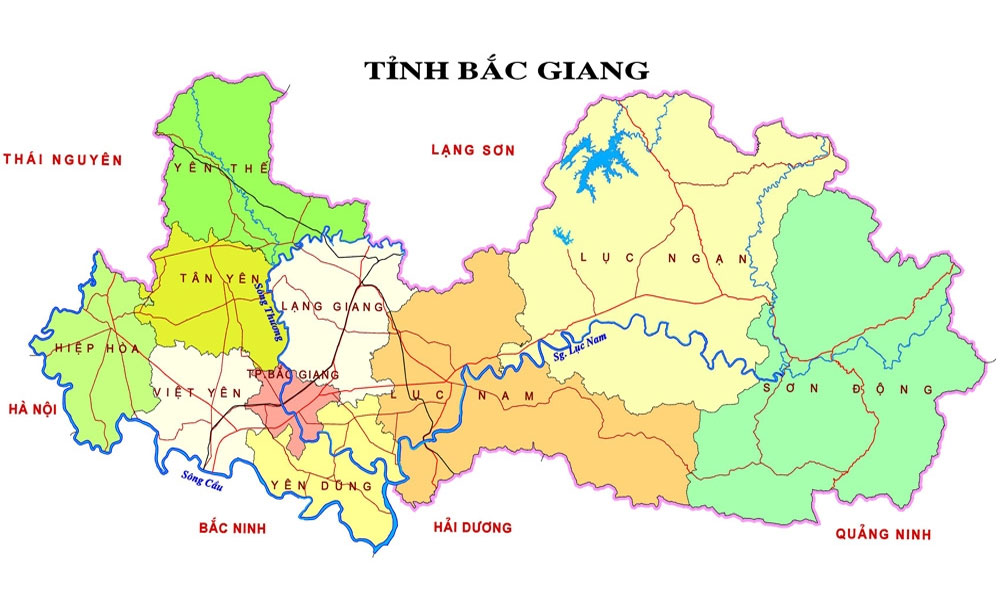


Reader's comments (0)